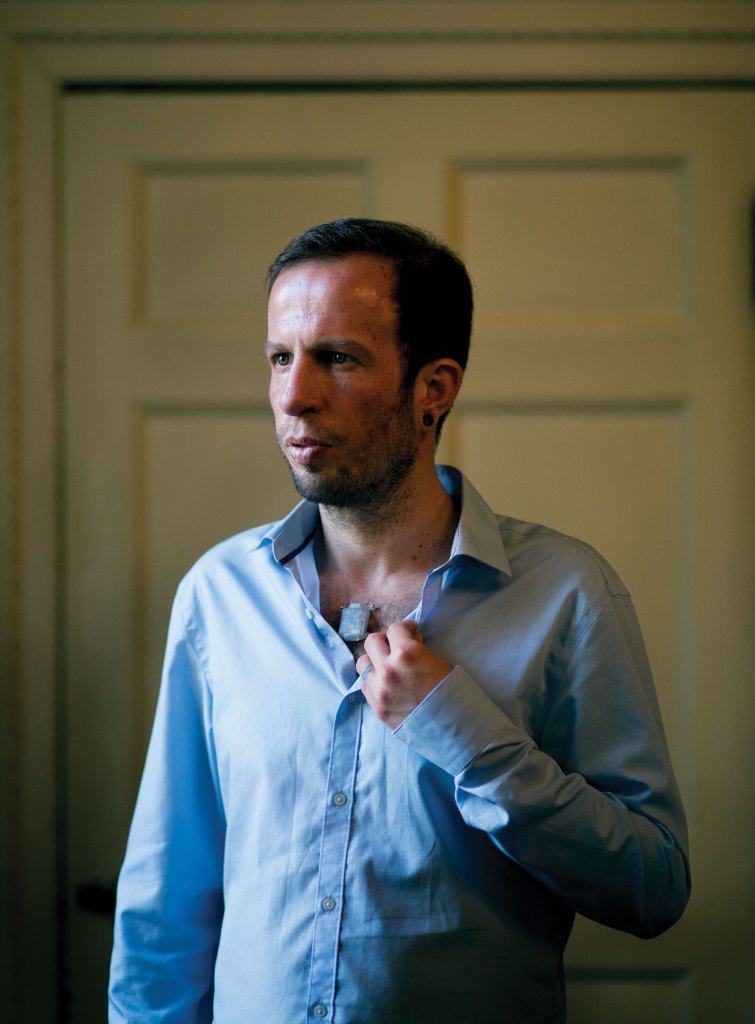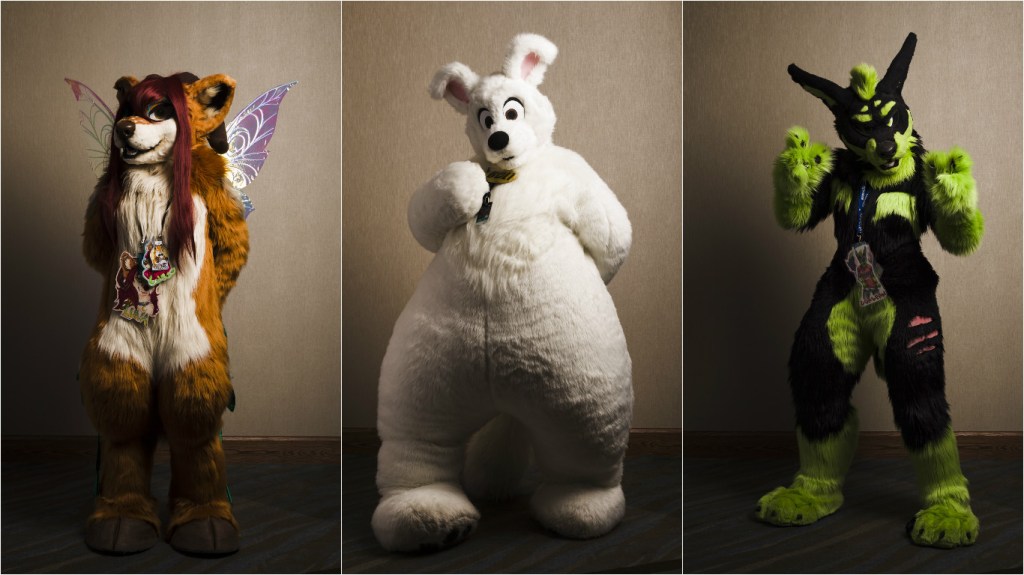London has lost half of its clubs in the last eight years. Well, so says mayor Sadiq Khan. If the same rate of destruction continues, that would mean a complete wipeout of the city’s nightlife by 2024. Fabric recently joined a growing list of venues – from LGBT sanctuaries like the Black Cap to underground gems like Plastic People – that have been forced to close. When it’s not due to rising rents, panics over “the drugs menace” or noise complaints, it’s to make way for another gleaming set of pricey flats.
So if there’s no party left to go to, what do you do? You make your own – and see if anyone joins in. Armed with some portable speakers, I set off to explore the not-too-distant future vision of post-nightclub London. I wanted to find out where will be left to dance and come together with strangers when the capital becomes even more sterile, corporate and privatised than it is today.
Videos by VICE
If coffee shops and luxury flats are the future, they’re a good enough place to start. My first stop is Paternoster Square, one of many corporate developments, like Canary Wharf or Westfield, spreading across the city. While they might feel like public spaces, they’re actually private land – and you have none of the rights you’re entitled to elsewhere. Playing music, skateboarding or protesting are all banned. Top party vibes.
The afternoon sun is shining brightly as I crank up the latest Fabriclive album on my tinny speakers and start getting into it as unselfconsciously as possible. Pretty quickly, I feel awkward. Soon, passersby are doing everything they can to avoid eye contact. These people are embarrassed for me.
Gordon, 42, and Gemma, 33, both from Aberdeen, are the first ones who take enough pity on me to join in – purely out of respect to Fabric, they say. I pause to ask for their fondest memories of the club. “I don’t remember – I was on a lot of drugs,” Gemma says.
I expected security would have thrown us out 10 minutes in, but I clearly didn’t kick off a movement worth bothering with. I got four people to shake their boots, but didn’t quite recreate the sense of togetherness from a big drop in Room 1. Onto the next.
The London of the future may not have clubs, but it sure as shit will have chain coffee shops – which is great because after raving alone without the usual stimulants, I’m in need of some refreshments.
When I hit play inside a Pret, rapper D Double E is “on the rhythm combined”, but he’s battling to be heard above the tinkly background muzak. I realise that the speakers aren’t on full volume, then crank that dial to 11. Now it’s going off, the bass reverberating around the room.
Reinforcements arrive in the form of Haile, 37, from Texas. “I’m not from the city but my experience [of Fabric] was very positive, it’s a culture worth preserving,” he says, sympathetically throwing a few shapes in support before leaving.
Federico, the waiter, admits he let my little stunt run because he’s a big fan of Fabric – and thinks its closure over drugs was bullshit. Afterwards, he puts things in perspective. “Where I used to work, there was a person who went in the toilet and smoked crack,” he says. “I didn’t sell the crack to him, he was just going into the toilet to smoke it. If he died it wouldn’t be my fault, it’s that person’s responsibility.”
Crossing the river, I head towards Elephant and Castle in south east London, site of a controversial £3 billion “regeneration”. Residents of the Heygate Estate were kicked out of their social housing despite protests and at a massive loss to the local council, to make way for luxury towers. I approach the shiny glass entrance to One The Elephant, where a penthouse will set you back a cool £2.5 million. I don’t have the required security keycard, so I slip inside behind someone else. As the sounds of Flava D begin echoing through the lobby, the two concierges adopt a good-cop, bad-cop routine to try get me out of the building quickly, with as little drama as possible.
The guy keeps smiling, answering my questions while repeatedly asking me to turn off the music and get out. The woman stays silent throughout but pins me with a piercing glare. Do the residents at least like dance music? “It’s really strict here, they don’t like any of that,” the guy says, as a woman scuttles past and into the lift before I have a chance to drag her onto the makeshift dance floor. A huge security guard appears, forcing us to retreat before I lose my treasured soundsystem. If there’s any partying to be had here, it’s going on behind closed, security-card accessible doors – and I’m not invited.
Then I spot the playground outside. Could the fun-loving innocence of children resurrect a so-far pretty soul-destroying day? I approach a parent, Luke, who’s pushing his son, Coen, and his friend, Waleed, both eight, on the giant swing. Luke is feeling the sounds of Flava D, but the kids are hesitant. I demonstrate the big fish, little fish, cardboard box routine. They’re having none of it.
“What if they choose the tune?” Luke suggests, before asking the kids what they play. “Drake?” I whine to the opening bars of “Hotline Bling”, trying to encourage two bemused eight-year-olds to dance with me. “Sorry, their sugar levels are running low,” Luke says.
Maybe the next generation don’t care about dance music? Is it even worth trying to save club culture for them, to preserve a legacy they won’t appreciate? Either way, it’s time to face facts: there’s no replicating the feelings of those unforgettable nights out, in coffee shops or luxury flat lobbies. Club culture is irreplaceable. So let’s pray this dystopian vision of a post-nightlife London never comes to pass. In the meantime, I’ll be finding the best house parties I can.
More from VICE UK:
If Sadiq Couldn’t Save Fabric, What Chance Has London’s Night Mayor Got?
I Held Parties on the Night Tube to Save London’s Nightlife
Now Fabric Is Closed, It’s Up to You What Happens to Clubbing
More
From VICE
-

Bernie, an app created by Justin Long, helps Tinder and Happn users to automate the swiping and chatting that goes along with making a connection online. Photos by Gifriends. -

-

-
